On our last day of class, I asked about the probability of life on Earth being the most intelligent kind of life in the Universe. I’ve always believed that the odds of our intellectual superiority must be incredibly low given the immense size of the Universe, but I’ve never really taken the time to learn more about any fact-based arguments that support this hypothesis.
In her explanation, Dr. G talked about how she believes that it is very unlikely that we are the most advanced life force in our Galaxy, let alone in the Universe. To explain this statement, she talked about how, due to our positioning in the Galaxy (far away from the center, with a lower concentration of Star Systems in our general vicinity), we were exposed to the heavy elements necessary for life to develop far later than other Star Systems closer to the center of the Galaxy, as these elements are exclusively created during supernovas. I’m sure that there are more arguments that point toward the conclusion that humans are unlikely to be the most advanced lifeforms in the Universe, but I appreciated the fact that this argument could be logically articulated in such a succinct way.
In many ways, this anecdote is representative of the personal significance of my taking Astro 2110. Throughout this class, my cursory understanding of all things extraterrestrial has been deepened, and I’ve been given the tools necessary to think critically about new discoveries in our Solar System and Galaxy. I was wary of taking this class in January, as nobody has ever accused me of having a scientific mind. That said, now that I have the requisite knowledge to keep thinking critically about the ever-evolving study of astronomy, I am excited to keep thinking about these issues. Great semester!
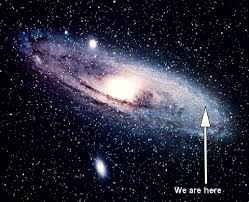
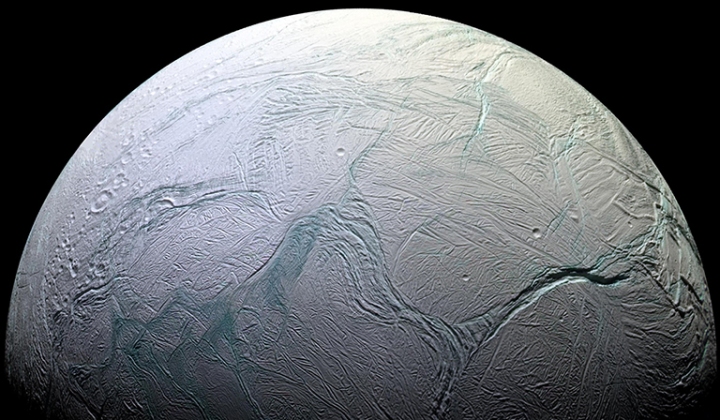
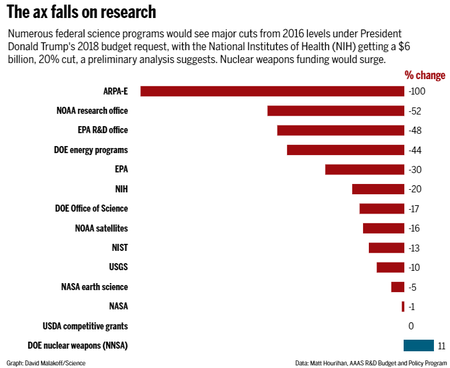
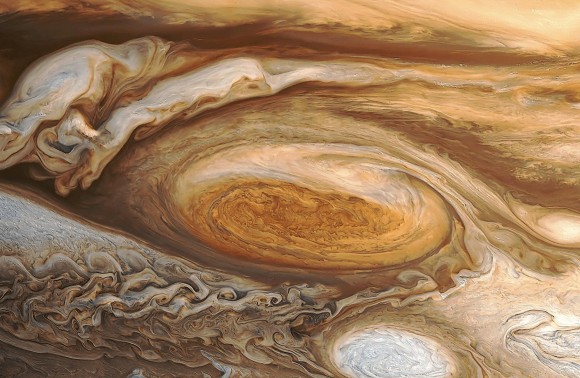


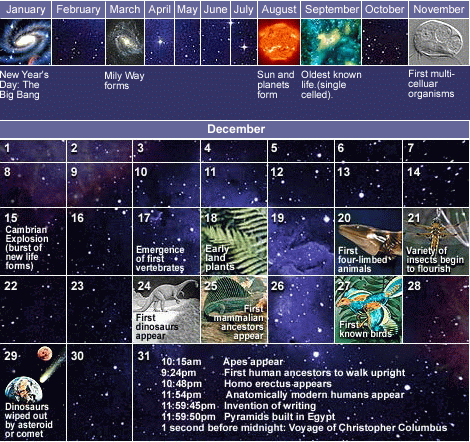
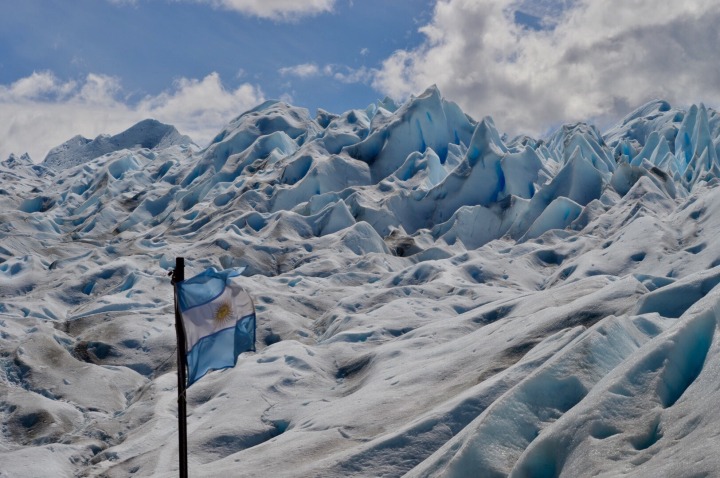
You must be logged in to post a comment.